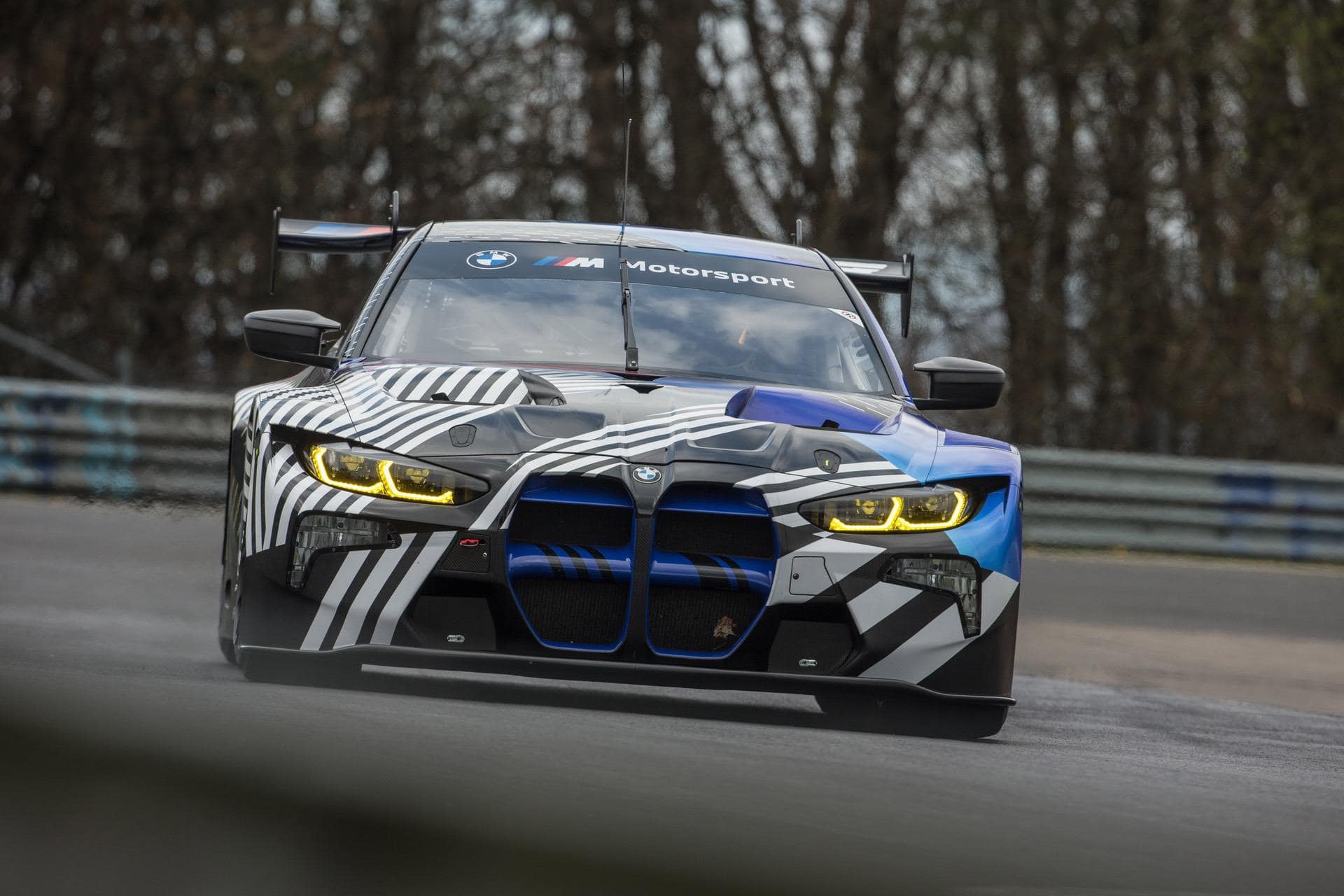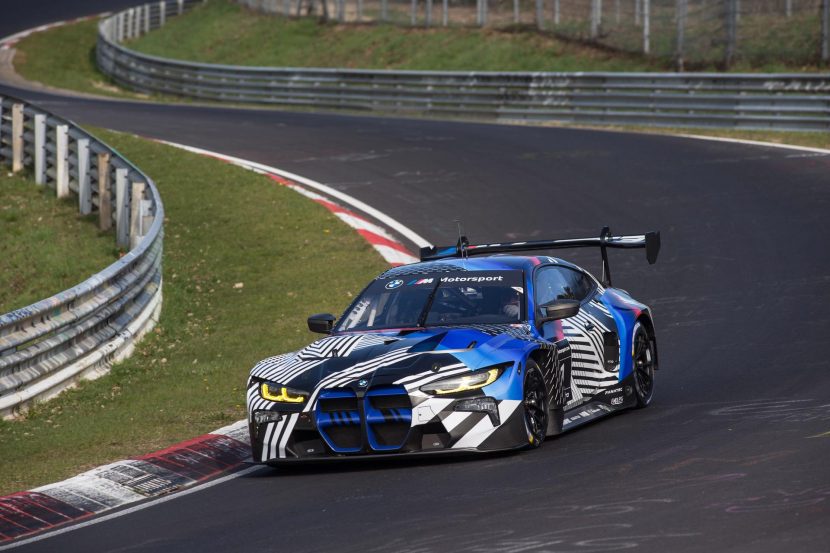The BMW M4 GT3 will be an important model for the racing efforts of the Bavarian company in the future. Much is hanging in the balance here, as the company wants the M4 GT3 to replace the successful M6 GT3 as well as the Z4 GT3. The development of the car is currently undergoing and the last finishing touches are being put in place. It’s important to note though that the final product will include a lot of shared parts, including in the engine bay, with normal, production cars like the M4.
In the video below we get the chance of listening to Marcus Engelke, Project Manager Drivetrain BMW M4, and Ulrich Schulz, Head of Drivetrain Design at BMW Motorsport. They are highlighting fascinating details of the six-cylinder in-line engine with M TwinPower Turbo technology, which was conceived from the outset for both road cars and track machines. “510 HP, 650 Nm (479 lb-ft) – this is the most powerful straight-six engine we’ve ever fitted in a production car,” says Marcus Engelke to kick off the video.
“590 hp, 700 Nm (516 lb-ft) – this is the most powerful straight-six engine BMW has installed in a racing car since the days of the BMW M1 Group 5,” adds Ulrich Schulz. The two engineers go on to describe how incredibly similar the engine in the BMW M4 Competition is to its counterpart at the core of the new flagship model in the BMW M Motorsport line-up. Currently in its final year of development, the BMW M4 GT3 will be charged with helping BMW M Motorsport teams compete for GT race victories and titles around the world from 2022.
According to the two engineers, the crankcase, cylinder head, crankshaft drive, crankshaft and connecting rod have been designed to deliver maximum performance on the track and inside the road-going BMW M4. Engelke and Schulz explore in detail how the engine is positioned and installed in the two cars, presenting the two complete engines. The experts also use the video to delve into individual components in detail, like the dry sump pan and throttle valves of the racing engine, and the intercooler in the BMW M4 Competition.
They also single out components which are identical in the two units, such as the connecting rod with pistons and the turbocharger housing – which was transferred to the racing car in unmodified form. “As well as using many of the same parts, we are also working together closely on the manufacturing side. The complete engine is assembled out of the series-produced base unit just a few metres away from here,” says Markus Engelke, reflecting on the BMW M4 Competition engine.
https://youtu.be/ubawlZa_nTk






































































